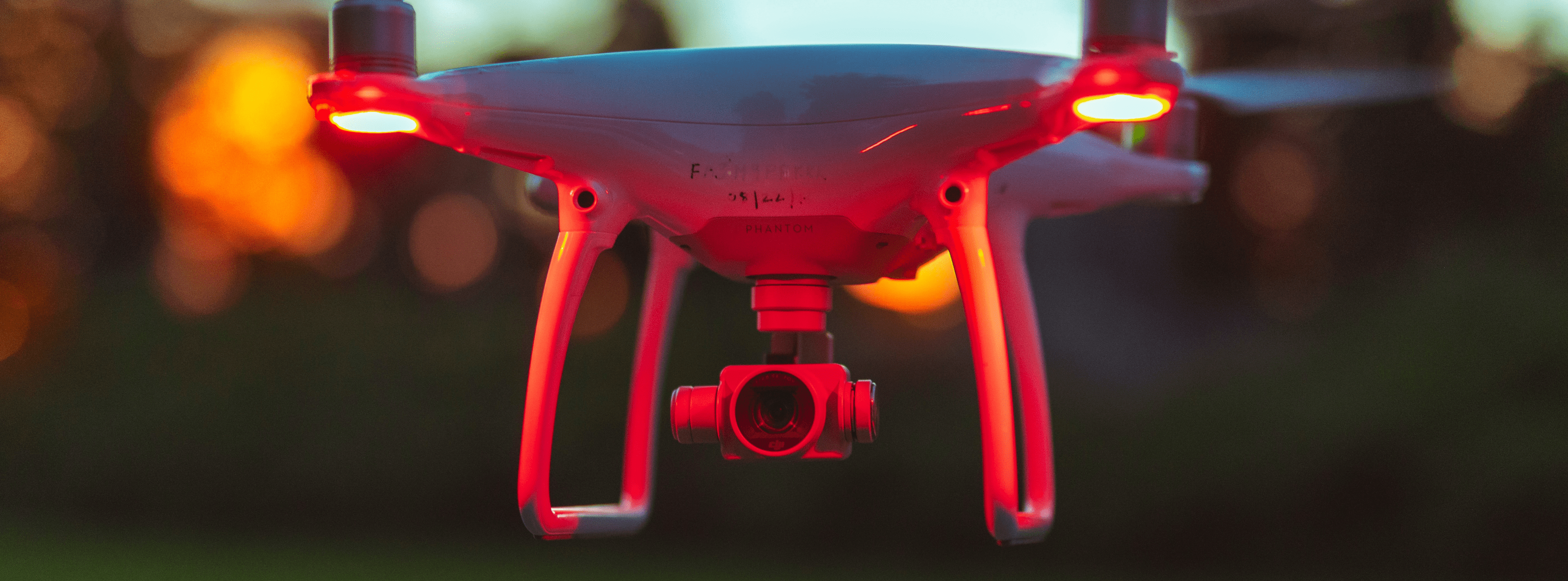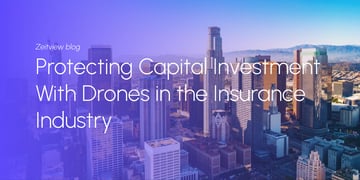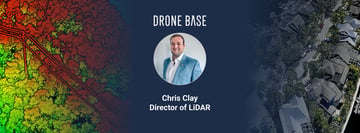Companies across all kinds of industries have started putting drones to work: on farms, construction sites, oil and gas platforms, wind farms, mines and much more besides.
And while those making the first moves are reaping the benefits, plenty remain skeptical of drones and, in some cases, put off by common misconceptions surrounding the technology.
Here are a few of the biggest drone misconceptions we've come across:
Misconception 1: Drones are dangerous and a serious safety risk
Quite rightly, the safety of the public, other aircraft and those involved with drone operations has always been the number one priority for the FAA when crafting regulations.
That’s why certain types of commercial operations remain restricted, like those beyond line of sight or at night.
However, this safety-first approach doesn’t necessarily mean that drones are inherently dangerous to people. As with any type of vehicle, drones need to be controlled responsibly and precautions need to be taken.
But the safety record of the drone industry overall is remarkable. To date, there are no known fatalities resulting from consumer or commercial drone accidents, despite regular headlines warning about ‘near misses’ with manned aircraft and painting drone flights as a fatality waiting to happen.
That’s no reason to become complacent, but it is proof that current regulations work to a degree and that the technology does not pose an inherent threat to people’s safety.
In fact, drones are doing the opposite: saving lives on a daily basis.
A report last year from DJI estimated that at least 65 lives were saved by drones in the twelve months prior to August 2018. ‘At least’ is the key part of that statement. Not included in that count were the many intangibles: all of the lives saved and injuries prevented via drone operations, from the emergency delivery of medical supplies to drone inspections removing the need to put maintenance teams in harm’s way.
Misconception 2: You can’t fly a drone here
A common concern DroneBase customers have revolves around permission to fly. Often this is based on the misconception that drone flights are either a free-for-all or restricted by location. The truth is somewhere in between and looks set to shift again as new Tort laws and Part 107 rules continue to develop.
The important thing to remember is that currently airspace is controlled by the FAA.
Every DroneBase Mission is approved prior to take-off, through either permission granted from landowners, the near-instant authorization in controlled airspace using the LAANC program, our pilots’ Part 107 licenses, or via additional waivers we've been granted.
For a broad overview of the FAA’s rules, you can read our post on where it’s legal to fly or go through them all directly. New proposals have recently been put forward that could change the type of commercial flights that are possible. You can read about the proposed changes to Part 107 here.
Misconception 3: There is no accountability for drone flights
It’s easy to assume that the separation of drone and pilot means there’s an element of reduced responsibility. But as mentioned above, there are rules every operation must follow. Pilots face fines and prison sentences for failing to comply with them.
It’s also important to appreciate that commercial drone pilots carry insurance in the event of an accident. DroneBase also has an extensive insurance policy providing blanket coverage to operations conducted under our name.
So accountability is there, even if you can’t see it at first.
Misconception 4: Drones are the solution to everything
There has been plenty of hype in the drone industry to date and all sorts of bold forecasts predicting how the technology will revolutionize businesses in almost every sector.
That’s very exciting. And who knows, it could come to pass. There are certainly a lot of useful things you can do with a flying camera. But for now, drones remain as valuable as the data they gather, the time and money they save, and the ease with which useful insights can be extracted from an operation.
This is particularly the case in industries such as agriculture, mining and construction, where advanced sensors, drones and smart software are combining with powerful (and lucrative) results.
It’s one of the reasons why we launched DroneBase Insights, our new reports and analytics platform. The aim is to analyze aerial data to help insurers, inspection teams and property managers assess damage and mitigate risk.





.png?width=360&name=Banner%20Templates%20(6).png)